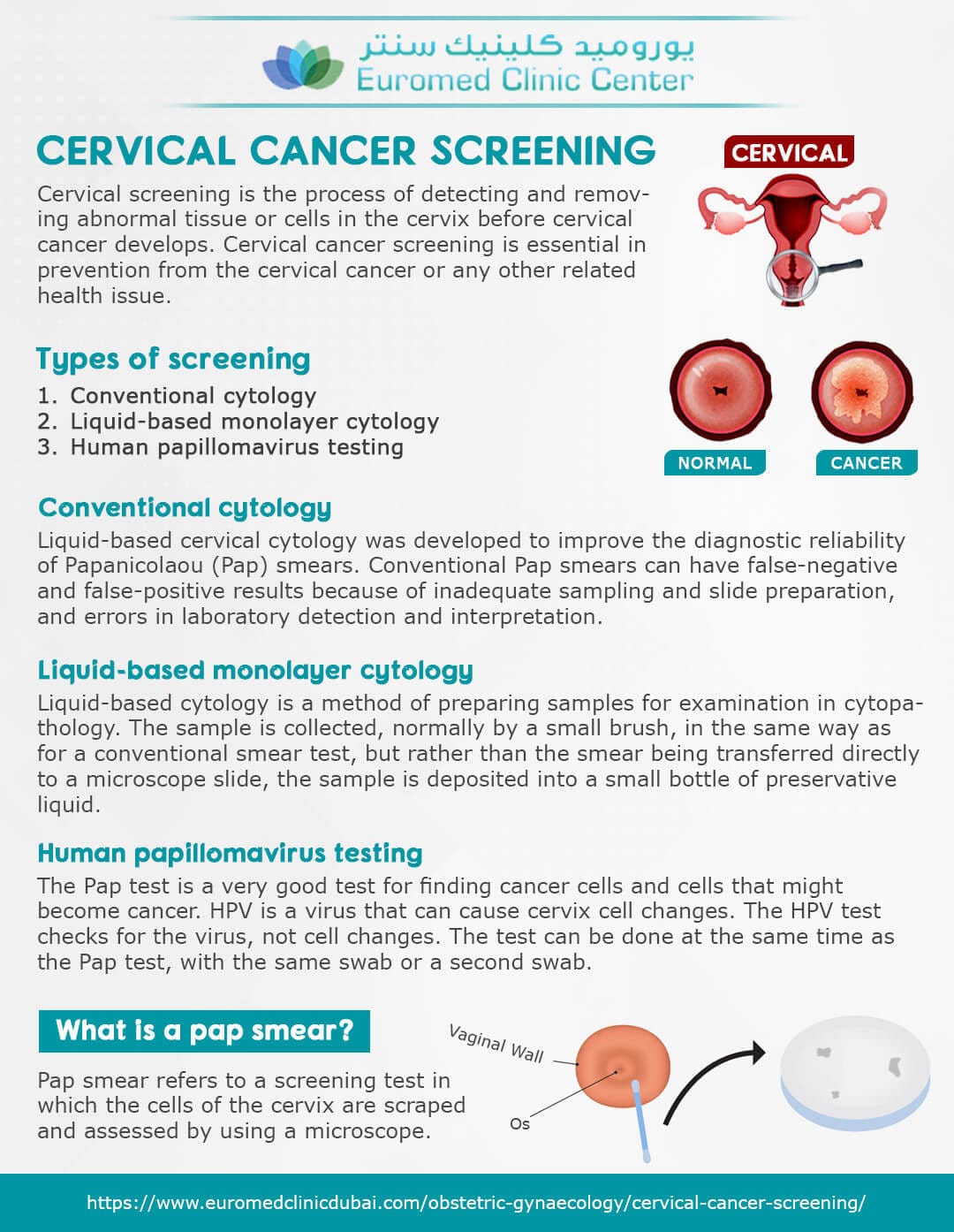The emergence of Human Metapneumovirus (HMPV) cases in China has sparked a wave of concern reminiscent of the early days of the COVID-19 pandemic. With media coverage amplifying fears and public discourse reflecting anxiety, it is important to dissect the situation and understand the actual implications of HMPV, as well as the psychological scars left by the pandemic.
HMPV is a respiratory virus that primarily affects children and immunocompromised individuals, leading to symptoms similar to those of other respiratory infections, such as cough, fever, and wheezing. The virus was first identified in the Netherlands in 2001 and has since been recognized as a common cause of respiratory illness in young children. Despite its potential to cause serious illness in vulnerable populations, HMPV is not new; it has been circulating in various regions around the world for years. The current uptick in reported cases in China has raised alarms, but experts urge caution in interpreting these numbers.
One significant factor contributing to the heightened anxiety surrounding HMPV is the legacy of the COVID-19 pandemic. The unprecedented global health crisis has left many individuals and communities with a heightened sense of vulnerability and fear regarding infectious diseases. The psychological impact of living through a pandemic has created a lens through which people perceive emerging health threats, often leading to exaggerated fears. This phenomenon can be understood as a form of pandemic-related trauma, where previous experiences shape responses to new health threats.
Public health experts emphasize that while the rise in HMPV cases should be monitored, it is essential to contextualize these numbers within the broader framework of respiratory illnesses. The increase in reported cases may also be influenced by improved surveillance and testing capabilities, which have been enhanced as a result of the COVID-19 pandemic. Enhanced awareness and detection mean that more cases are likely to be identified, but this does not necessarily indicate a surge in severity or danger.
Furthermore, it is crucial to recognize that HMPV is primarily a seasonal virus, with peaks typically occurring in the fall and winter months. The timing of the current increase in cases aligns with the natural fluctuations of respiratory viruses, which often see varying levels of activity throughout the year. Therefore, the current situation may be more reflective of seasonal trends rather than an alarming new health crisis.
In addition, it is important to differentiate between the characteristics of HMPV and those of COVID-19. While COVID-19 is highly transmissible and can lead to severe illness and death across a wide demographic, HMPV is generally less severe and poses a lower risk to the general population. The majority of individuals who contract HMPV experience mild symptoms and recover without the need for medical intervention. This distinction is vital in alleviating fears and promoting a more balanced understanding of the situation.
Public health messaging plays a critical role in shaping perceptions and responses to emerging health threats. Clear, accurate communication from health authorities can help mitigate fear and prevent the spread of misinformation. It is essential for health officials to provide context, emphasizing that while vigilance is necessary, there is no immediate cause for alarm regarding HMPV. Public education campaigns can help inform communities about the nature of the virus, its transmission, and the importance of preventive measures, such as good hygiene practices and vaccination for other respiratory illnesses.
Moreover, the experience of the COVID-19 pandemic has equipped health systems with better preparedness strategies for managing respiratory viruses. Increased investment in public health infrastructure, surveillance, and research means that health authorities are better positioned to respond to potential outbreaks of HMPV or other respiratory pathogens. This preparedness can help ensure that the public remains protected while avoiding unnecessary panic.
In conclusion, while the rise in HMPV cases in China has generated concern, it is essential to approach the situation with a measured perspective. The fears surrounding HMPV can be viewed as a reflection of the psychological impact of the COVID-19 pandemic, rather than an accurate assessment of the current health threat. By focusing on accurate information, public health education, and the distinction between HMPV and more severe respiratory illnesses, it is possible to navigate this situation without succumbing to undue anxiety. As the world continues to adapt to the realities of living with respiratory viruses, maintaining a sense of calm and informed vigilance will be key in addressing public health concerns.


